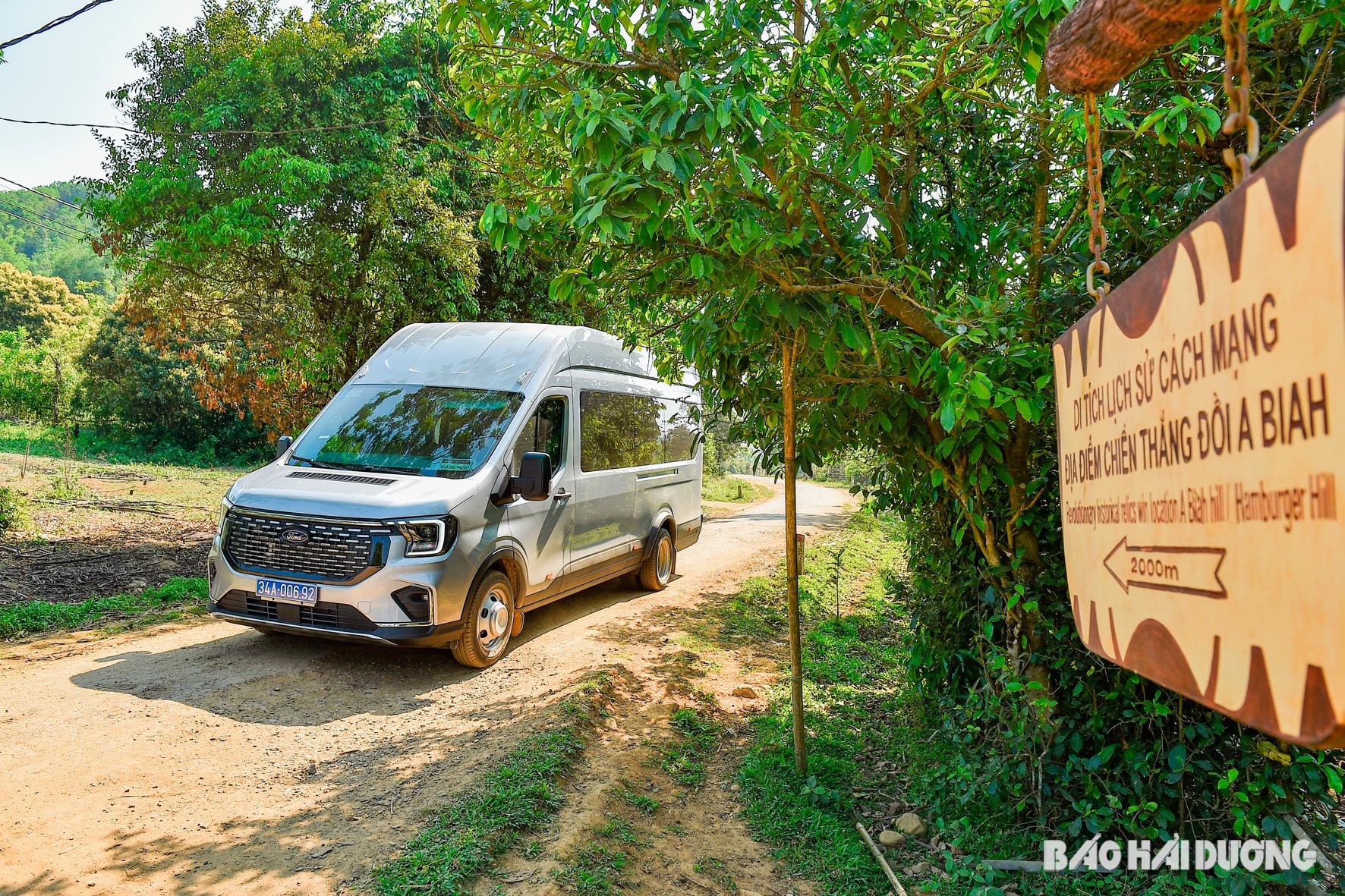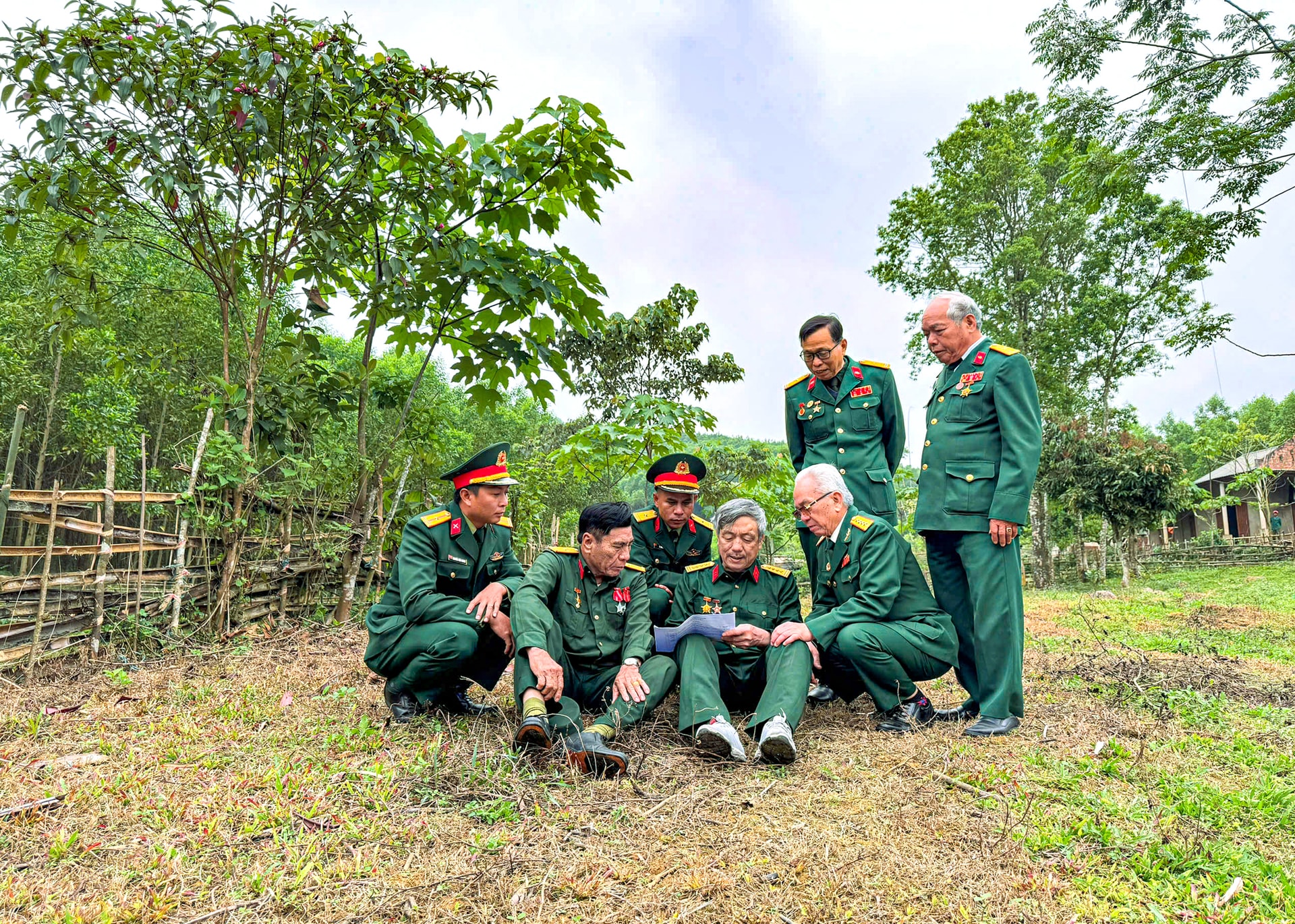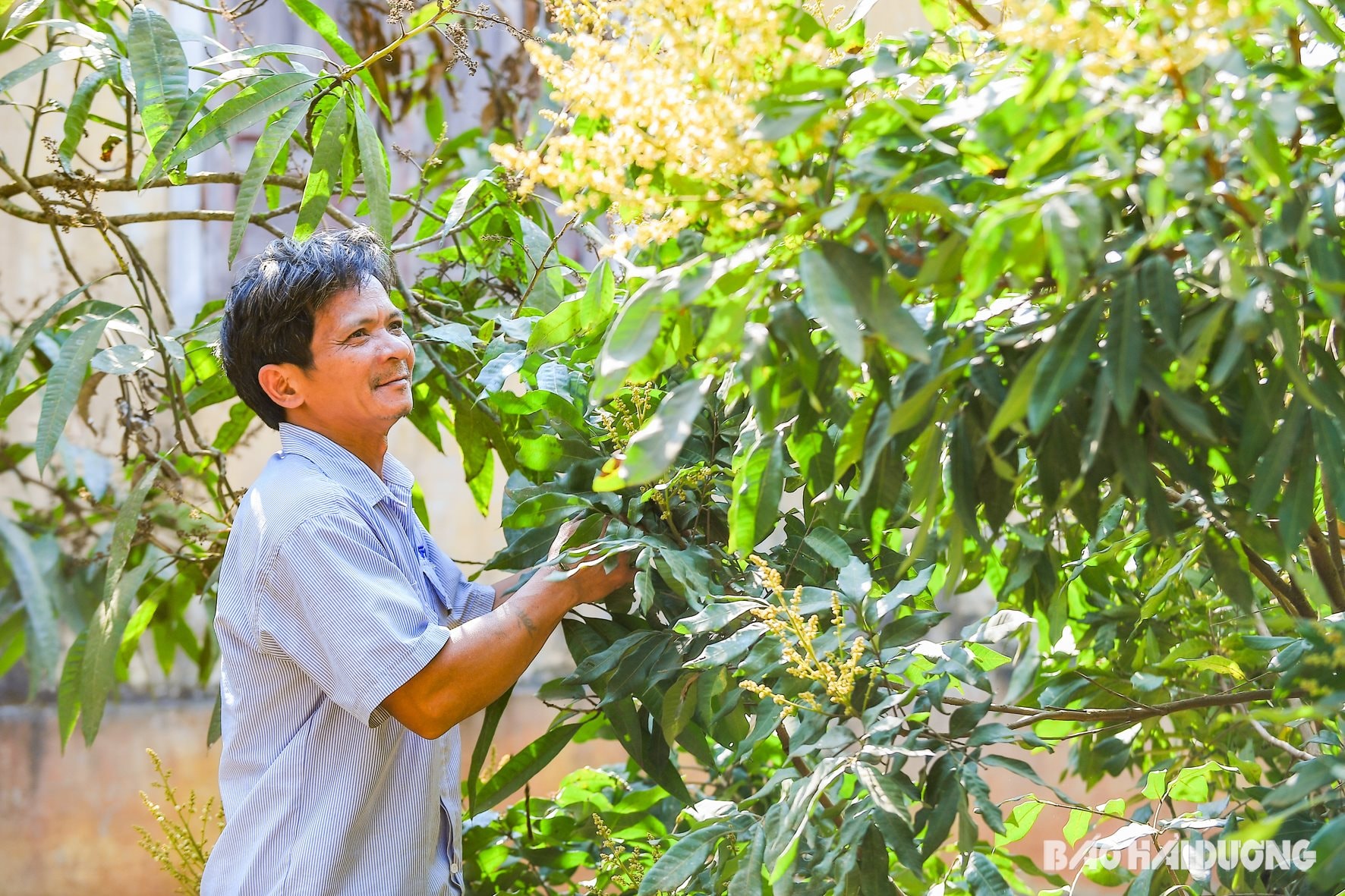The victory at A Biah in A Luoi district (Thua Thien - Hue) became a nightmare and a great shock for the American army and was mentioned in history as the battle of 'Hamburger Hill'.

A Biah Peak in Hong Bac Commune is 937 m above sea level, located in the middle of a mountainous forest near the Vietnam - Laos border. This area also has 3 other peaks of approximately the same height, forming a tripod position. If this place is occupied, the entire A Luoi valley with a radius of about 20 km can be controlled.
After being “shocked” by the Tet Offensive and Uprising of 1968, the US army frantically swept through and launched many attacks throughout Thua Thien Hue, especially the A Luoi area. The enemy chose A Biah as a gathering point to push the liberation army closer to the border, breaking the strategic transportation corridor 559. When discovering a main force unit of our army stationed here, the US army decided to launch an attack to control this high point.
The US army mobilized a force equivalent to 2 divisions to participate in the battle. In addition, there was also strong support from the Saigon army. To support the plan of a quick attack and quick victory in A Biah, the US built 5 military bases east of the Ho Chi Minh trail and stationed air forces at Phu Bai airport, Da Nang, ready to receive orders. With the plot of "destroying everything, killing everything, burning everything", the US army built 5 levels of firepower. The upper level was B52 aircraft dropping bombs at each coordinate, the next level was dive jet aircraft, then mobile armed helicopters, then ground artillery, and the last level was infantry firepower with modern weapons.
Faced with the enemy's military might, our army and people were not shaken. Judging the enemy's intentions, the Tri Thien Military Region sent Regiment 3 (Division 324) to A Luoi to respond. Fighting alongside Regiment 3 were local troops and guerrillas from communes in District 3, Western Thua Thien.

After many hours of bombing and shelling, at noon on May 10, 1969, the US used helicopters to land soldiers in the A Biah area. The battle was fierce, with both sides fighting for every bunker and every meter of land. The liberation army proactively attacked and crushed the enemy's march, causing 1,600 casualties and destroying many vehicles and weapons of war. After more than a week of intense fighting, seeing that the goal of destroying many enemy forces had been completed, on the night of May 18, Regiment 3 began to retreat, leaving only a diversionary force in A Biah.
After the battle of A Biah, the American soldiers were in a nightmare when they had to go through the fiercest, most terrifying and bloodiest battle. This was also the greatest loss of the American army before withdrawing from the South. They were extremely confused because they could not explain why with superior air force and artillery, they still failed at A Biah. Before entering the war, the American army gave this battle a beautiful name "Snowfall on Apache Peak" but in reality it became "Bloodfall on the Mountain Peak". The American press called this battle Humberger Hill (''Hamburger Hill'' of the American paratroopers).
Despite the deliberate cover-up, news of the "Hamburg Hill" battle with its terrible casualties still flooded the newspapers and penetrated into politics, deepening the internal conflicts in the United States. The victory of A Biah not only marked the failure of the American military's strategic calculations but also a major failure within the United States. After this battle, the United States had to radically change its strategy, from "Local War" to "Vietnamization of the war".
For our army, the battle of "Hamburger Hill" was considered a double victory, not only helping us regain the initiative on the battlefield but also strengthening our iron-clad belief and determination to "fight the Americans to leave and the puppets to fall".

A Biah today is different from the past. Many vestiges of war have been eroded, replaced by the green of mountains and forests, of life. The road to the A Biah historical revolutionary site is full of litchi hills bearing the image of the Eastern region - Hai Duong. People here say that it is a tree that helps escape poverty, bringing a prosperous life. In Hong Bac commune, where the place name "Minced meat hill" shocked the West, up to 95% of the population is Pa Co people. Although bordering the border and far from the center, Hong Bac is interested in investing in infrastructure.
Nowadays, A Biah is a famous tourist destination in A Luoi district. This place fosters revolutionary traditions and educates patriotism for the younger generation. Not only that, many foreigners also take the trouble to visit A Biah. They want to see with their own eyes the place that was once a place of terror for American soldiers. Even many American soldiers who fought in A Biah returned to the old place, not to deepen hatred but to appreciate the value of peace.
Mr. Ho Van Nga (born in 1974) in Le Ninh village, Hong Bac commune said: “When I was born, the historic battle of A Biah had been over for 6 years. However, from generation to generation, no one does not know about this victory. Every son of the homeland is proud of the place name A Biah, which is fierce but heroic.”
Next: Opening the "door" to Saigon from the east
NGUYEN MO